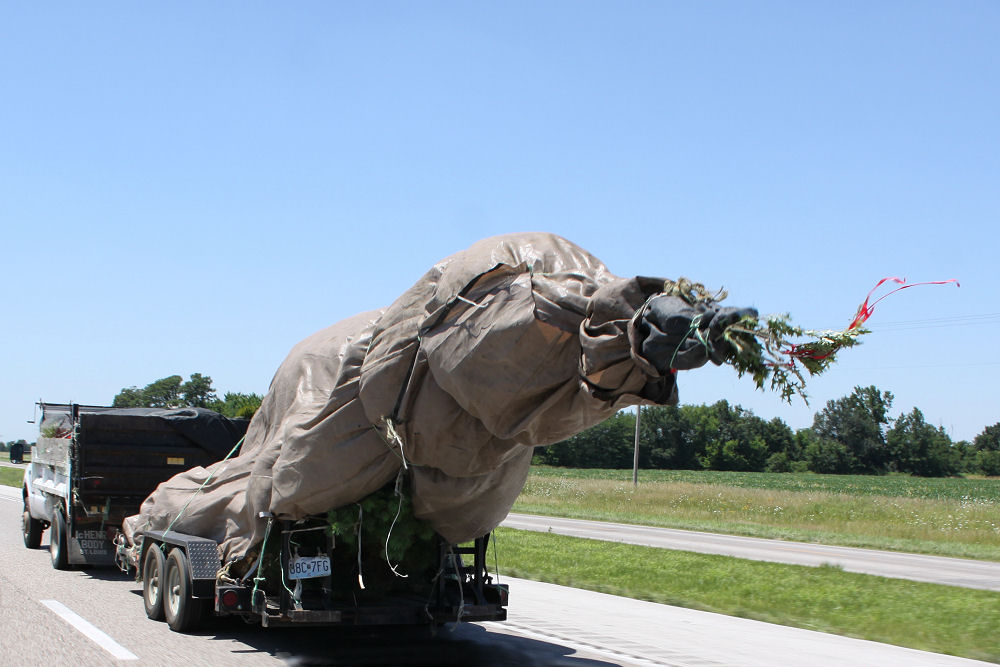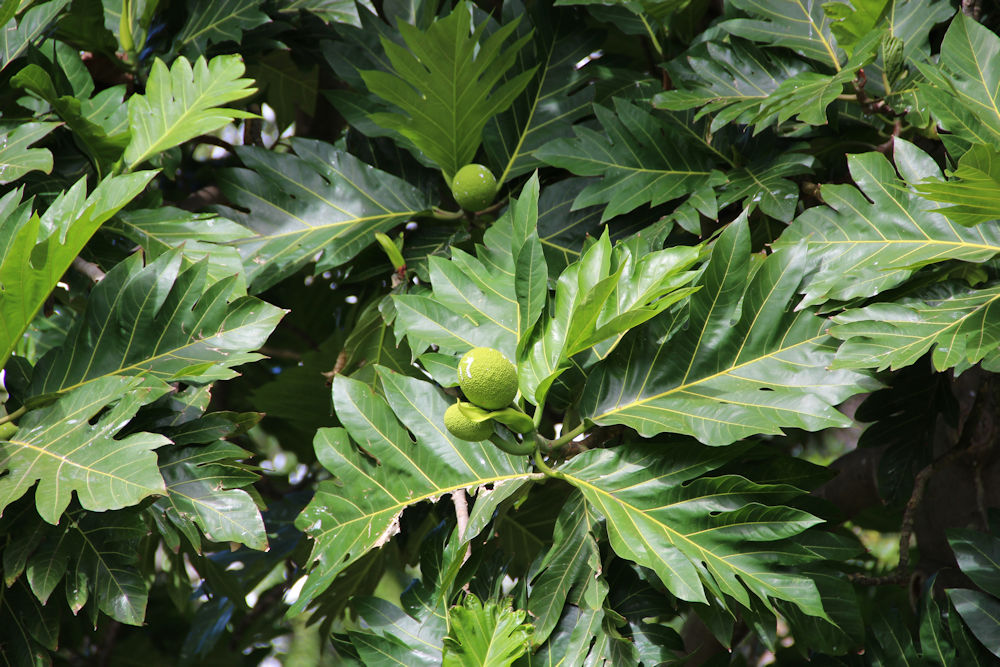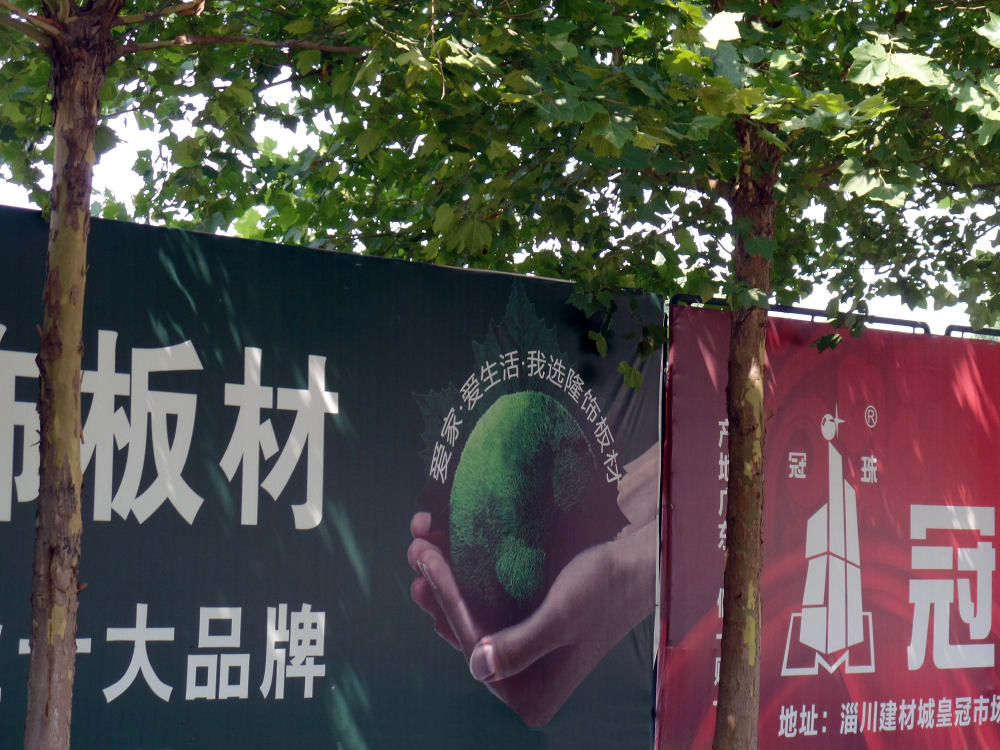Trees and Us
We need the plants more than they need us.
Carl Sagan, Author, Astronomer
Effingham, Illinois tree service
Trees and Us
 There has never been a time in human existence when trees were not supplying us with some sort of sustenance. Directly and indirectly their presence in our lives is undeniable. Trees conserve, protect and regenerate soil, and due to their life cycles cleanse the atmosphere to the extent that without them the earth would be barren and lifeless. Tempering the effects of weather, trees monitor Earth’s climate thereby influencing shelter and food for all animals including humans, determining the evolution of every single creature on this planet.
There has never been a time in human existence when trees were not supplying us with some sort of sustenance. Directly and indirectly their presence in our lives is undeniable. Trees conserve, protect and regenerate soil, and due to their life cycles cleanse the atmosphere to the extent that without them the earth would be barren and lifeless. Tempering the effects of weather, trees monitor Earth’s climate thereby influencing shelter and food for all animals including humans, determining the evolution of every single creature on this planet.
Harnessing the element of fire, no doubt originating in the earliest forests, directed the history of humanity completely. Survival would from that time forward be a little more comfortable, at least for humans. Settlements spawned quite surely around fires prepared with wood from trees.  Fire provided a central location to gather for warmth and a place to cook food rather than eating it raw. As civilization advanced until metals were discovered to be invaluable, early cultures used wood for just about everything including clothing from bark which was softened by pounding or chewing the fibers. Purposeful design and invention were borne as we initiated solutions to maintain the fire, obtain, collect and contain food, make work easier, relax, and adorn our bodies.
Fire provided a central location to gather for warmth and a place to cook food rather than eating it raw. As civilization advanced until metals were discovered to be invaluable, early cultures used wood for just about everything including clothing from bark which was softened by pounding or chewing the fibers. Purposeful design and invention were borne as we initiated solutions to maintain the fire, obtain, collect and contain food, make work easier, relax, and adorn our bodies.

The Australian indigenous people’s didgeridoo is a hollow wood tube wind instrument about 3 feet to six feet long, embellished with carving and or paintings. Traditionally it was played only by men, and it was believed that if women heard it they would become pregnant or would have twins if she was already pregnant.
Wood is highly valued, increasingly so, for the various properties it retains like durability, pliability, carve-ability (soft and hardwoods) grain, knots or not, color, scent, insect resistance, weather resistance and so on. Whole Oak forests in Europe were sacrificed to build the ships that founded New Worlds, and in northern America for centuries if not longer, canoes were the main mode of transportation, using the Birch. A few tribal communities in South America still ceremoniously cut down trees to hollow out as boats and celebrate their appreciation through song while doing so. It was with the same kind of reverence that indigenous peoples of the Pacific Northwest carved totems as big as the trees themselves, erecting them in front of homes and village entryways as symbols of family, faith and empowerment.
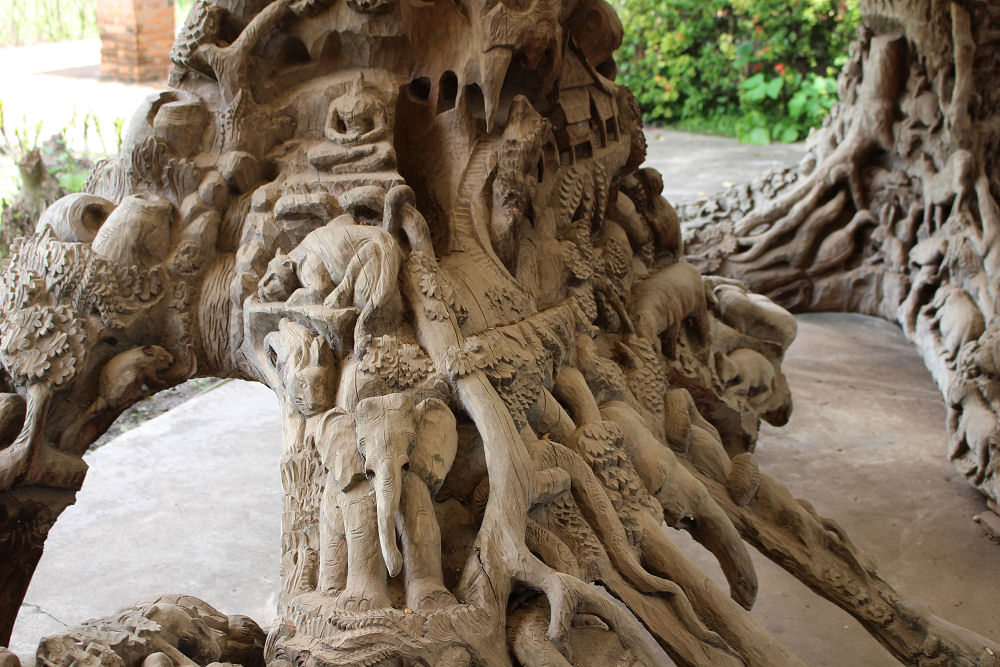
Carved tree stumps, Ho Pra Keo Temple, Vientiane, Laos
An excerpt from an ancient Kwakiutl native prayer to a cedar tree reads, “Look at me friend! I come to ask for your dress, since there is nothing you cannot be used for. I come to beg you for this…”.
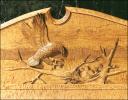 Wonder for the earth and its life-forms crosses over boundaries of land and time and there is something at the core of our being that will never cease: a drive to express that wonder…so realistic and stylized symbolic motifs carved in the form of animal, plant and human characteristics have adorned tools, utensils, musical instruments, doors and furniture offering luck, protection, and aesthetic qualities for countless generations everywhere in the world.
Wonder for the earth and its life-forms crosses over boundaries of land and time and there is something at the core of our being that will never cease: a drive to express that wonder…so realistic and stylized symbolic motifs carved in the form of animal, plant and human characteristics have adorned tools, utensils, musical instruments, doors and furniture offering luck, protection, and aesthetic qualities for countless generations everywhere in the world.
Materials for building, furnishing and flooring our homes, for paper products and currency, food of course, extractions for medicine, rubber for tires, byproducts for flavorings, aromatics, paint dyes, pigments for fabric, are derived from trees. Individuals earn a living and industries generate the economy stemming from, related to, maintained by and reliant upon every facet of forestry such as: Logging, milling, production of paper and packing materials, items as mundane but not to be over-looked as toothpicks and ice cream sticks… transporting those goods, commercial and home landscaping, jobs replanting (sustainable forestry), monitoring / fire control etc., tourism (national parks and forests).
Breadfruit – Artocarpus Altilis – Honolulu, Hawaii
 Across every single continent vacations are planned and tours arranged specifically to visit icon forests that are famous for their exclusivity on the planet. Landscapes and city-scapes are softened and character defined by trees. In cities, trees are the veritable heartbeat in parks of every kind, setting the tone of leisure amidst a stressful modern lifestyle for jogging, biking, playing sports, just sitting and watching others, or a contemplative walk. Architecture is enhanced and even predetermined by the sculptural assets that trees bestow. Even the volunteer so-called weed trees are not without their charm.
Across every single continent vacations are planned and tours arranged specifically to visit icon forests that are famous for their exclusivity on the planet. Landscapes and city-scapes are softened and character defined by trees. In cities, trees are the veritable heartbeat in parks of every kind, setting the tone of leisure amidst a stressful modern lifestyle for jogging, biking, playing sports, just sitting and watching others, or a contemplative walk. Architecture is enhanced and even predetermined by the sculptural assets that trees bestow. Even the volunteer so-called weed trees are not without their charm.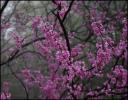
Evergreens may be the first choice for landscape color year-round, but leafless trees also provide winter interest. I’ll go out on a limb saying that most of us have at least one beautiful memory of tree silhouettes against a sky at sunset. Springtime forests seem to glow with a touch of that new green, welcome color against monotones of grays and brown. Late afternoon shadows drift across neighborhood streets during summer, and the drama is reset when red and gold landscapes herald the cooler weather of northern latitudes.
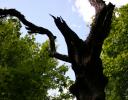
Legends, poetry, and nursery rhymes reflect our age-old and continual enchantment with trees and forests, as do stories of fairies and gnomes that may live amongst them. A few trees still hold symbolic significance: holly, mistletoe, the olive and more. Even our language includes reference to trees. We speak of our roots as set in a particular location we call home. We metaphorically map our genealogies on the branches of a Family Tree, and we say that our body has a trunk with limbs. Ancient philosophies the world over suggest that we adopt flexible attitudes, and like trees “bend in the wind”. An old superstition to knock on wood for good luck is still a casual practice. Streets, urban and rural regions, campgrounds and companies are given names of trees, implying ideals of quality, comfort and familiarity.
Zibo, China
Caring
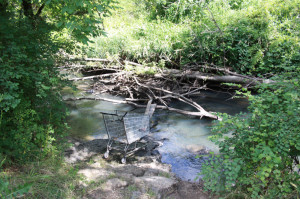 Animals and plants are dependent upon each other for survival. From bacteria to whales a precarious balance of events links all life together in matters of survival. Change one factor in the series and everything else changes along with it. These are things we have heard repeatedly because we need to know that the Earth thrives with diverse life forms all exchanging vital carbon dioxide and oxygen (and to a lesser degree other gases). Elements that are waste for some that are food for others.
Animals and plants are dependent upon each other for survival. From bacteria to whales a precarious balance of events links all life together in matters of survival. Change one factor in the series and everything else changes along with it. These are things we have heard repeatedly because we need to know that the Earth thrives with diverse life forms all exchanging vital carbon dioxide and oxygen (and to a lesser degree other gases). Elements that are waste for some that are food for others.
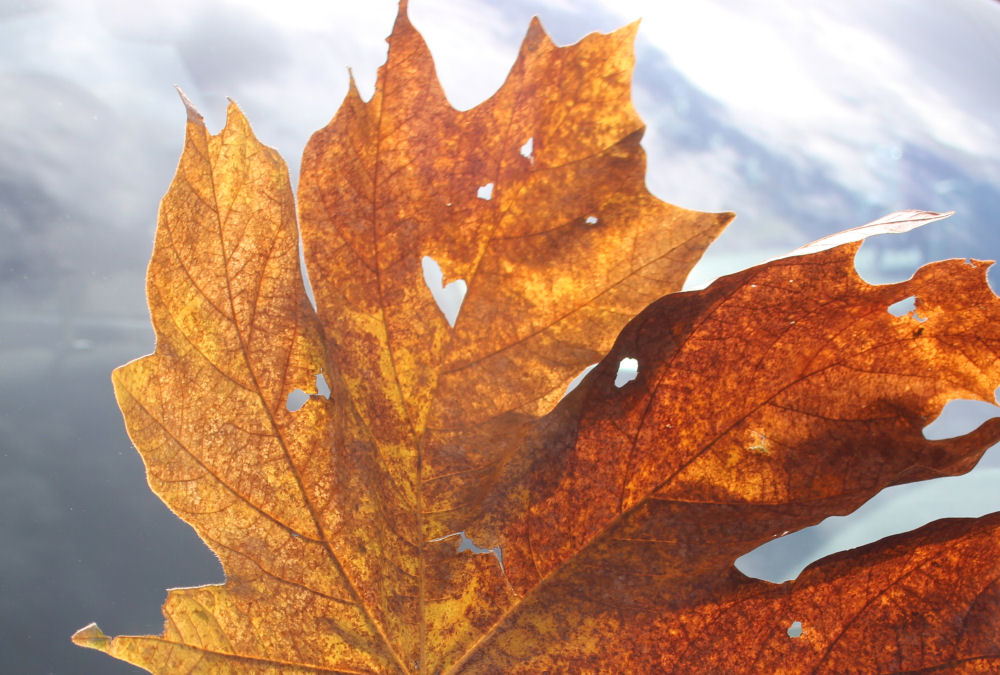 Without even debating the causes and effects of global warming, the bottom line is that we require trees in order to survive. Whether naturally cyclical or human-caused, the facts are that Earth’s resources are presently being depleted at an alarming rate. Should established forests diminish too greatly in numbers or disappear entirely, the absence of their presence would be undeniable and devastating. When old-growth forests (Intact Forests) are cut in exchange for short term gain or lost to disease or insect infestation, all the interdependent species and surrounding land become vulnerable as well. Even with major tree-planting programs in place, the regeneration of pre-existing plants and creatures are not so quickly restored, if they are at all. New growth forests present entirely new conditions, not ones that enabled the previous sensitive flora and fauna to flourish. Anthropological evidence in the form of fossils confirms that before trees existed here, life forms were few in numbers and diversity. Preserving Intact Forests enables the conservation of undisturbed diversity and the perpetual protection of all life forms, including us.
Without even debating the causes and effects of global warming, the bottom line is that we require trees in order to survive. Whether naturally cyclical or human-caused, the facts are that Earth’s resources are presently being depleted at an alarming rate. Should established forests diminish too greatly in numbers or disappear entirely, the absence of their presence would be undeniable and devastating. When old-growth forests (Intact Forests) are cut in exchange for short term gain or lost to disease or insect infestation, all the interdependent species and surrounding land become vulnerable as well. Even with major tree-planting programs in place, the regeneration of pre-existing plants and creatures are not so quickly restored, if they are at all. New growth forests present entirely new conditions, not ones that enabled the previous sensitive flora and fauna to flourish. Anthropological evidence in the form of fossils confirms that before trees existed here, life forms were few in numbers and diversity. Preserving Intact Forests enables the conservation of undisturbed diversity and the perpetual protection of all life forms, including us.
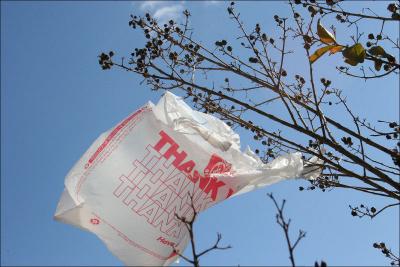
The ‘Green’ movement can easily be perceived as a fad. It has become common business practice for companies to jump on the bandwagon using sober, real issues as marketing gimmicks, and politicians of every party know how to direct their campaigns accordingly. However, the role we play as humans need not always be presented as negative. While short term, fads do appeal to the masses, and the planet can use the advertising however it occurs.
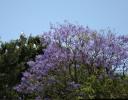 Environmental groups are organized by very passionate people, many who are extremely frustrated and some, angry. A few groups rally hard demanding radical change immediately, and rightly so. In many cases harsh action like interrupting fishing vessels is the only way to stimulate urgent attention to laws that need changing, like the tragedies of whaling that are unbelievably still taking place in the oceans near Australia and Japan. I can certainly relate to the emotions, but the ‘hard sell’ is not effective for everyone and can even be detrimental to the cause when it’s individuals that need motivation. Learning the true facts and figures can sometimes leave us feeling that we are helpless as individuals and hopeless as a society, but most of us don’t have lifestyles that enable us to get out there and contribute something loud or large.
Environmental groups are organized by very passionate people, many who are extremely frustrated and some, angry. A few groups rally hard demanding radical change immediately, and rightly so. In many cases harsh action like interrupting fishing vessels is the only way to stimulate urgent attention to laws that need changing, like the tragedies of whaling that are unbelievably still taking place in the oceans near Australia and Japan. I can certainly relate to the emotions, but the ‘hard sell’ is not effective for everyone and can even be detrimental to the cause when it’s individuals that need motivation. Learning the true facts and figures can sometimes leave us feeling that we are helpless as individuals and hopeless as a society, but most of us don’t have lifestyles that enable us to get out there and contribute something loud or large.
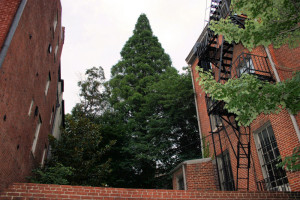 Habits are very hard to change, but actions need not be radical to make a difference. For long-term, permanent changes to take hold we only need to care. Caring is a simple, easy action for every one of us, and collectively this impacts the larger picture. We only need to choose a place to start. In our busy modern lives, we need to find places where we can reconnect with nature, so botanical gardens, museums, wildlife parks, national parks, zoos and aquariums have become vitally important. They are a controversial subject for some, but first-hand experience seeing creatures we’d otherwise not have the chance to has a direct effect on how much we care about life in general.
Habits are very hard to change, but actions need not be radical to make a difference. For long-term, permanent changes to take hold we only need to care. Caring is a simple, easy action for every one of us, and collectively this impacts the larger picture. We only need to choose a place to start. In our busy modern lives, we need to find places where we can reconnect with nature, so botanical gardens, museums, wildlife parks, national parks, zoos and aquariums have become vitally important. They are a controversial subject for some, but first-hand experience seeing creatures we’d otherwise not have the chance to has a direct effect on how much we care about life in general.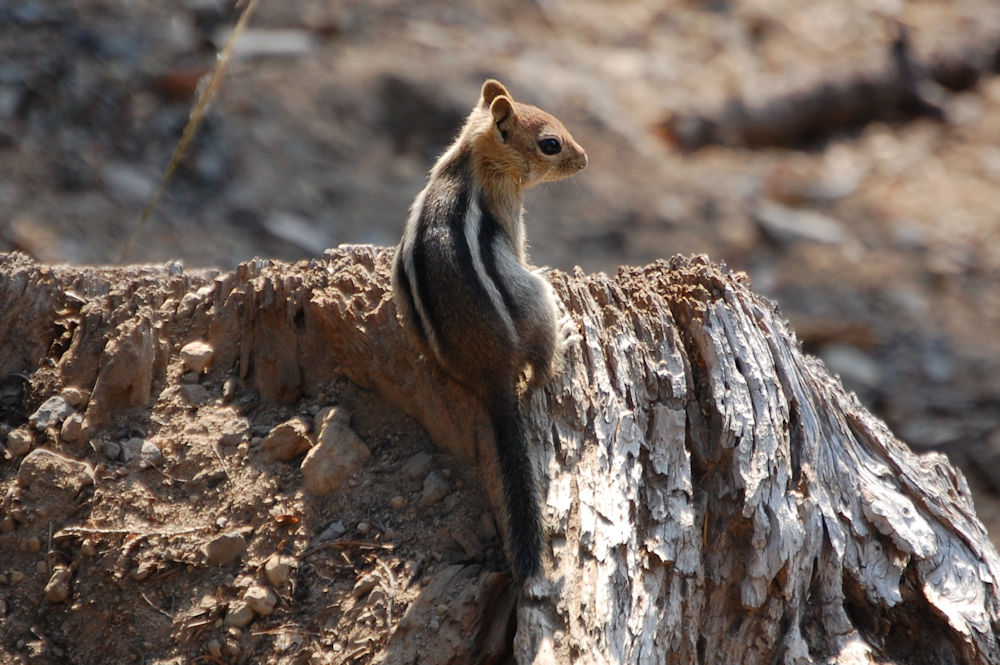 A renewed appreciation for other beings therefore changes our habits willingly and permanently.
A renewed appreciation for other beings therefore changes our habits willingly and permanently.
Recycling programs have been in place in North America since the early 1990’s. Europe and some other countries were ahead of the game with regard to resourcefulness and innovation because of higher populations and limited living spaces. Ideally, it’s best to watch how much packaging is purchased in the first place, but in modern society it’s pretty difficult to not purchase packaging, so do recycle it when you can.
Flowers, vegetables, trees and shrubs are easily grown in our homes and gardens. Start a small garden of your own, and within one season you will see how rewarding and addictive it can be. There’s something about growing things that reveals the wonder of life in a way nothing else can. All seeds all have a unique design that ensure they are protected until such a time they are ready to drop. They are designed to have the best opportunity and chance to be carried away and to sprout. We learn an appreciation for the intelligence of sentient beings and start questioning our own role on Earth as individuals and as a human race.
A $10 contribution to the Arbor Day Foundation will buy you ten yearling trees to plant in your own yard, share with friends, or plant in your community. The foundation also offers Trees in Memory and Trees in Celebration where trees planted in a loved one’s honor also help restore national and international forests.
Recycle Bin by the Golden Gate Bridge, San Francisco, CA
Solo Exhibition
The Majesty of Trees Art Exhibition celebrates the importance of trees and forests throughout history, portraying their relationships with all life forms through a variety of diverse, creative associations.
All life forms on this planet proliferated, continue to flourish, and ultimately depend on the existence of trees. While the message is urgent, I consider humanity’s role on the planet as positive, with the statement that creativity is our greatest asset; that “Our carbon footprint is worthy”. Further, creative thinking is our most primal, yet highly advanced and ever-evolving contribution toward solutions to healing wrongs done and changing ingrained habits to ones that are more appreciative of the environment in general.
A range of artistic expressions emphasize the character of this show, with the subject of trees as the binding influence. The accompanying website functions as the foundation where all related concepts are organized, including paintings in acrylics, photography compiled into sets, an oil pastels series, watercolors, and mixed media pieces are inspired by travels throughout the United States and Canada, to Mexico, Costa Rica, and Australia.
“We are all touched at some point by the beauty of trees, their significance to us, and to the health of our home, the Earth. Creativity is the excellence that humanity has to offer. We have come full circle in the sense that it plays a vital role in our present responsibilities toward our future, and possibly the existence of the living planet itself.”
…our carbon footprint is worthy…
Sugar cookies – shapes were draped over tinfoil while baking to create a 3D effect.
All photography and original artwork in The Majesty of Trees collection is available to purchase at nikkiartwork.com . Email special requests to nikki_coulombe@hotmail.com
